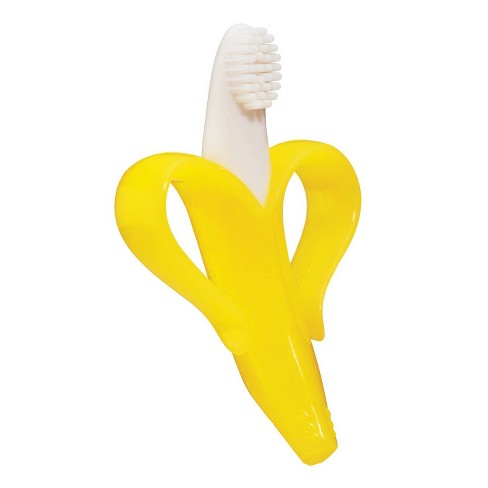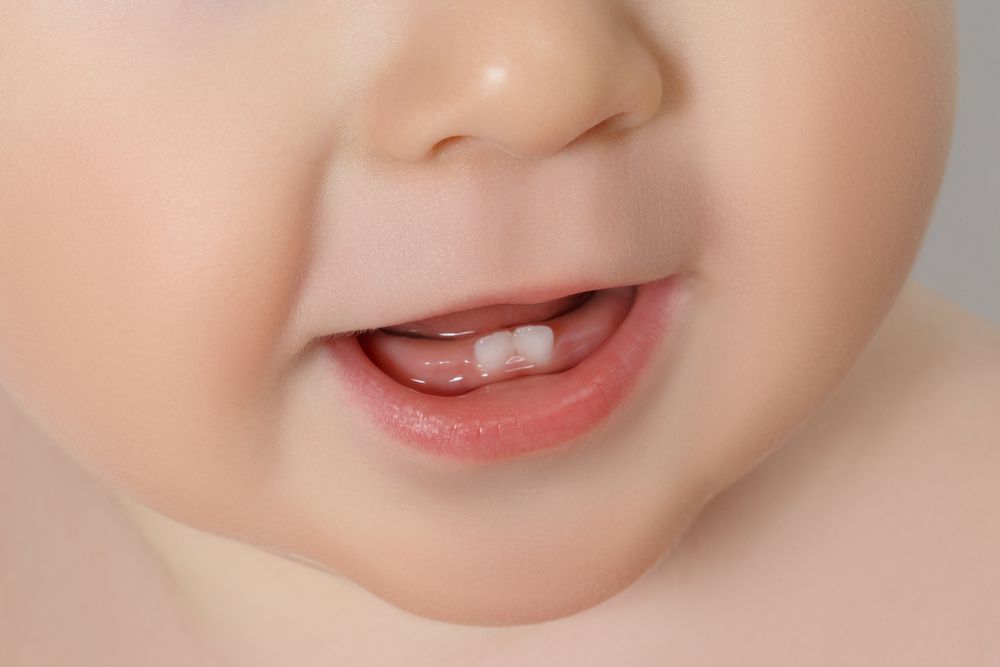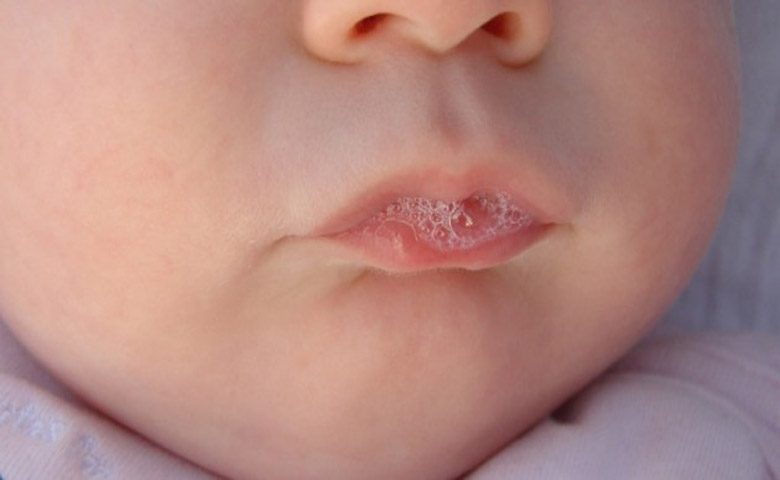As a new parent it can be quite overwhelming to know when to take them first to a dentist. Unfortunately, our health care system has a huge disconnect when it comes to dental and oral health and the only information we receive as new parents at hospitals and from our primary care physicians are limited to sleeping, feeding and vaccinations. Our aim is to help you understand the recommendations when it comes to dental and oral health. We will answer the most commonly asked questions and discuss several topics here to help you decide what is best for your infant.
Breast Feeding Vs. Bottle Feeding
Breast feeding can be hard, painful and has a steep learning curve for both the baby and the parents. Breast milk is known to be more balanced than formula in nutrition for the baby. It has the ability to change based on the babies needs and is dynamic. However, for it to work well, the mother has to be well fed and her nutritional intake has to be balanced as well. The act of breast feeding is known to stimulate a more balanced and natural muscle and motor development in infants compared to a bottle and is the recommended over a bottle. However, it can be hard to achieve this 100% of the time. Remember, good parenting is a balance between your physical and mental health and the babies. If you are stressed, the baby will be stressed too and your level of care will decline. It is ok to let go sometimes to give yourself a break.
It is recommended to pump as much as you can to increase the flow of breast milk in the beginning and to freeze the extra milk for storage. You never know when you might need it or when your breast milk supply will diminish. It is recommended to exclusively breast milk for the first 6 months where possible (through a combination of bottle and breast feeding) and depending on the weight chart and your flow of milk, assess whether you want to introduce solids and formula.
My baby has problems getting a proper latch, what should I do?
There can be many reasons for this including a tongue or lip tie. We recommend discussing this with us and your lactation consultants. Lactation consultants should be able to help you determine the cause. If the cause is found to be a tongue tie, we can help remove the tie to help with the latch. We will often work in consultation with the lactation consultant and your paediatrician to come up with the best treatment plan.

When should I introduce solids?
The answer to this question again depends on your infants specific needs. Are they gaining weight and staying the course of their weight chart or not. From a dental perspective, it is recommended to introduce semi-solids at or around 6 months of age. Oat meal softened in breast milk is a great start. You can slowly start feeding soft fruits and vegetables that the baby can hold and chew on (strawberries, bananas, boiled vegetables). Despite the contrary belief, babies can chew and breakdown food well with their gums. It is recommended to remove hard peels of off fruits. It is also recommended to introduce one food at a time to make sure there are no severe allergic reactions. It is normal for babies to get small rashes and hives as you start introducing different solids.
As your child develops better hand-eye coordination and chewing function, you can start introducing more solids and less semi-solids. For as long as they don’t have molars, stay away from solids that can get stuck in the throat and remove the peel.
Remember, it is very messy to feed children. This is something you will struggle with but it is in their best interest for them to learn to eat by themselves rather than being spoon fed. It is a great idea to have them sit with you at the table (on a high chair), for them to watch you eat and for you to feed them at the same time.


How should I clean their mouth or gums?
You should start with using silicon brushes and finger brushes to gently massage and allow them to chew it to clean their gums, stimulate blood and saliva flow and learn the act of cleaning of their teeth. Babies learn by observation so it is recommended to allow them to watch you brush your teeth and they will follow.
You will want to start with the silicon finger brush that you will place on your finger and gently go around the gums to clean and massage them. Then as they learn to hold objects, you can allow them to hold the teething brush which are often shaped as interesting objects or food (like a banana) to allow them to chew on it. Next, as teeth come out, you can move on to using the infant tooth brush to gently brush their teeth and gums.



When do babies get teeth? And What should I expect?
For most babies, the first teeth come between 6-12 months of age. Usually the lower incisors / front teeth. However, some babies are born with teeth called pre-natal teeth and some might get it earlier or a bit later. If your baby is over 12 months of age and you see any teeth yet, you should bring them in for our dentist to make sure everything is ok.
Teething can be challenging for the baby and for the parents. If babies have already started chewing on their gums, this can make the process a bit easier. It is normal for them to get a little bit of a fever (usually less than 38 degree celcius), become cranky, irritable and have increased salivation and drooling before or during the teething process. There are bibs to cover their clothing and they will want to chew anything and everything they find so make sure the objects around them are not dirty.


It is also normal for these baby teeth to come in crooked and at slightly different times – it is not always a 100% symmetrical. Most times, they will automatically become straight as they come in. If you notice your child’s teeth are not erupting and/or shedding as per the following chart, we suggest you bring them in for an evaluation to make sure everything is ok.

When should I bring my baby in for their first dental visit?
The American Dental Association and almost all other dental associations and organizations in the world recommend bringing your baby in to see a dentist when they get their first tooth or at the age of 1 (12 months of age) whichever is earlier for what we call a “chair ride”.
This is a fun first visit for your baby to get to know our facility and become comfortable with a dental visit. We will allow them to sit on the dental chair either by themselves or in the parent’s lap, show them the instruments and the light, sit them back to experience being in this position.
At this age, our dentists and/or our hygienists, will spend a couple of minutes checking your infants teeth and gums for any abnormalities, assess the pattern and timing of eruption of teeth, check for any tongue or lip ties and the amount of plaque if any. This examination will often happen in a knee-to-knee position as shown below and may only last a couple of minutes. Some of our patients, are able to get a quick cleaning and a polish at this age as well – it really depends on their oral care habits at home.
Our focus will be educating the parents on how to prevent cavities and how to care for your children’s teeth. We will go over the do’s and don’t of oral health and discuss your individual situation.


My babies teeth are stained or have dark lines on them, what should I do?
The dark lines could be stains from food or could be the start of a cavity. We recommend bring your baby for a check up. If they are stains, and your baby is cooperative, they can be removed by polishing and cleaning. If not cooperative, we will go over proper brushing and oral techniques with the parents and try to clean the babies teeth every 6 months.
If the dark lines are decay and cavities, depending on the age and severity, we will recommend monitoring them while we apply a special medication to slow down the progress of the cavity till the baby is older and more cooperative or consider single visit sleep dentistry which is the safest way to delivery the needed dental work to them without causing long term dentalphobia and anxiety later in life.
Dr. Novin has extensive experience providing such services to our patients and Stouffville Smiles Dentistry has been specially designed for such services.

